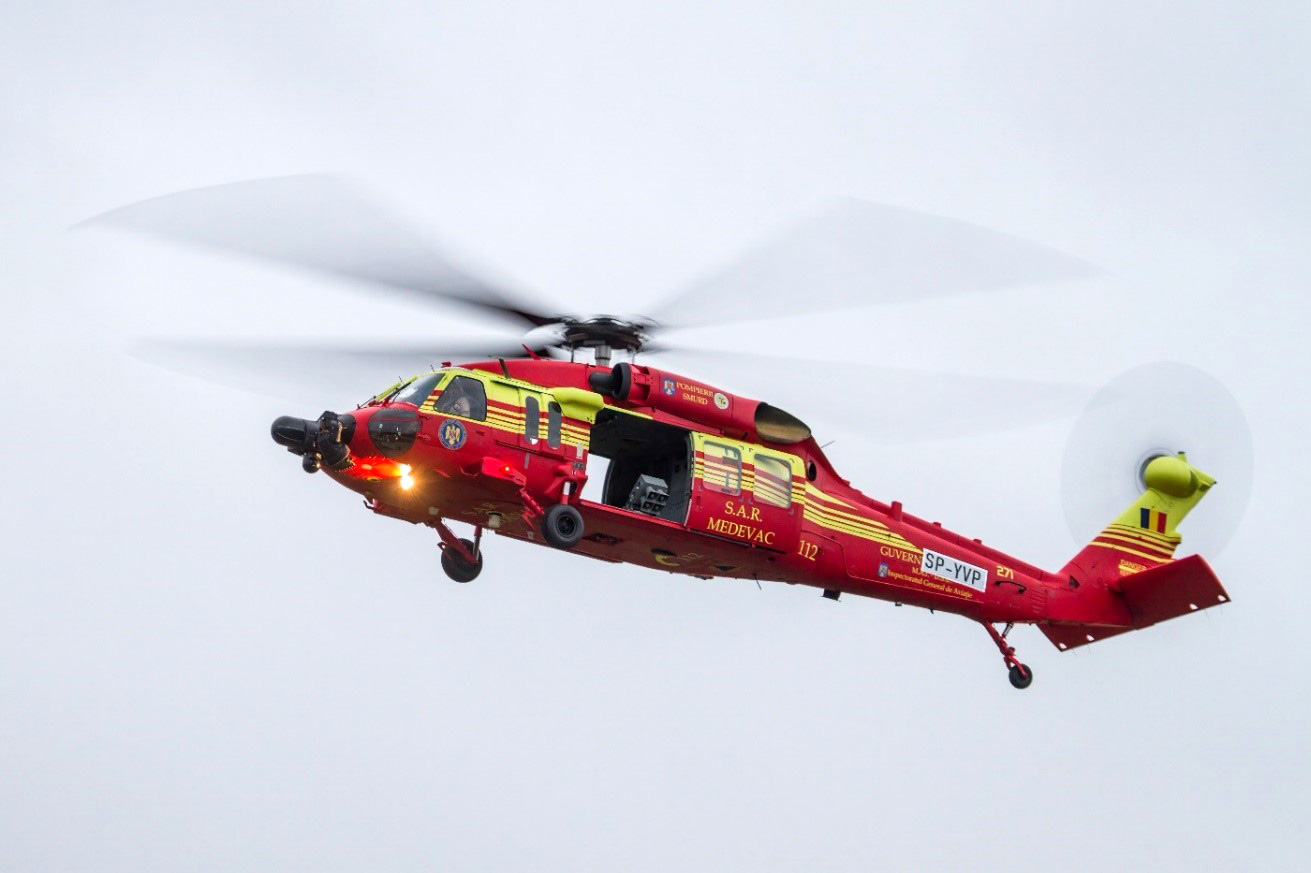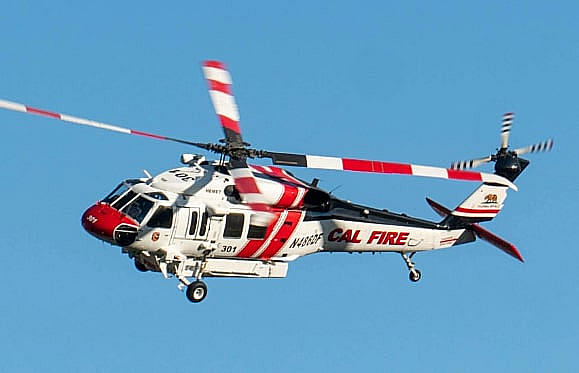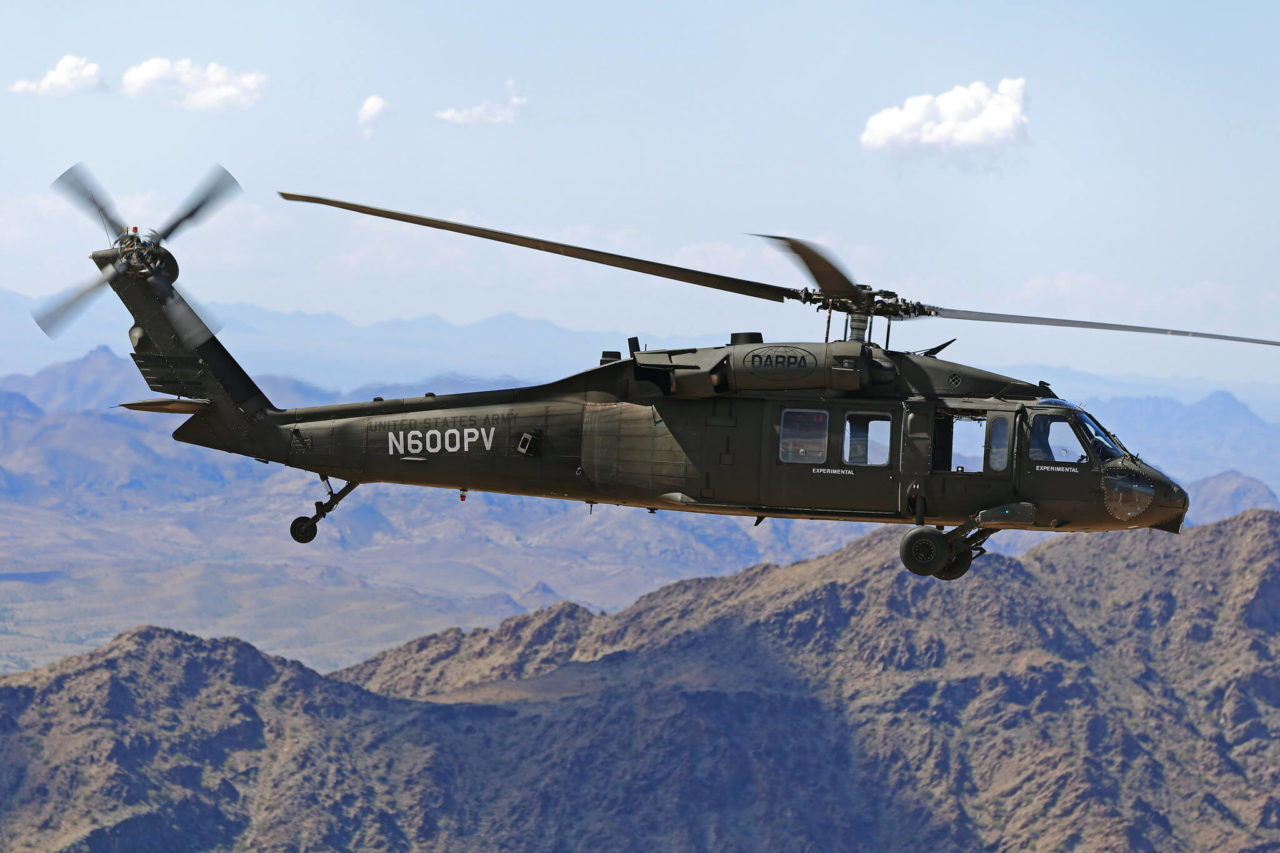Inside the Sikorsky S 70: What Sets This Helicopter Apart from Its Rivals
Inside the Sikorsky S 70: What Sets This Helicopter Apart from Its Rivals
Blog Article
High-Performance Multi-Role Rotorcraft Featuring Advanced Cockpit Technologies and Integrated Sensing Unit Solutions
The world of rotorcraft innovation has actually seen noteworthy innovations in recent times, specifically in the realm of high-performance multi-role rotorcraft furnished with cutting-edge cockpit modern technologies and flawlessly incorporated sensing unit systems. In the adhering to conversation, we will certainly check out the advancement of rotorcraft technology, dive right into the realm of sophisticated cabin innovations, and take a look at the effects of integrated sensor systems on the functional convenience and efficiency of contemporary rotorcraft.
Advancement of Rotorcraft Modern Technology
The development of rotorcraft innovation has actually been marked by significant innovations in aerodynamics, products, and propulsion systems, forming the abilities and efficiency of modern-day rotorcraft. Wind resistant improvements have enhanced the effectiveness and maneuverability of rotorcraft, enabling for raised rate, agility, and stability during flight (sikorsky s 70). Technologies in products, such as the usage of composite products and progressed alloys, have actually caused lighter yet more powerful rotorcraft structures, enhancing total efficiency and longevity. Additionally, advancements in propulsion systems, including more powerful engines and cutting-edge propulsion innovations, have made it possible for rotorcraft to accomplish higher elevations, faster speeds, and higher hauls.
These innovations have not just transformed the capacities of rotorcraft however have also increased their applications across numerous sectors, consisting of military, business, and emergency services. The constant evolution of rotorcraft technology remains to drive development in the field, pressing the boundaries of what is feasible and shaping the future of upright flight.
Advanced Cabin Innovations
Building upon the fundamental developments in the rules of aerodynamics, products, and propulsion systems, the world of rotorcraft innovation now shifts emphasis towards introducing Advanced Cockpit Innovations. The assimilation of innovative technologies within the cabin environment plays a critical function in boosting the operational abilities, safety, and effectiveness of modern rotorcraft. sikorsky s 70. Advanced Cockpit Innovations incorporate a broad selection of features created to provide pilots with improved situational recognition, streamlined data administration, and instinctive control interfaces
One of the vital developments in cockpit layout is the implementation of glass cockpits, which replace typical analog gauges with high-resolution displays. These digital systems supply customizable designs, real-time information assimilation, and boosted readability, enabling pilots to access important details at a look. Furthermore, progressed avionics systems, such as fly-by-wire controls and augmented truth screens, are reinventing just how pilots connect with the airplane, allowing for precise control and enhanced decision-making capabilities.


Including sophisticated cockpit innovations not just improves pilot performance yet likewise contributes to total objective effectiveness and safety and security in complicated operational settings. By leveraging advanced technologies within the cabin, rotorcraft makers are setting brand-new standards for functional excellence and goal success.
Integrated Sensor Equipments
With the development of rotorcraft technology, the assimilation of sophisticated Integrated Sensing unit Solution has actually ended up being paramount in improving operational effectiveness and safety and security. These Integrated Sensor Equipments encompass a large array of innovations that provide critical data for numerous functions such as navigating, security, targeting, and environmental tracking. By seamlessly integrating sensing units like radars, cameras, lidar, and infrared systems into rotorcraft, drivers can take advantage of boosted situational recognition, boosted objective capabilities, and minimized pilot workload.
One key benefit of Integrated Sensing unit Systems is their capability to collect real-time information and provide actionable insights go to pilots and objective drivers. For helpful site example, progressed radar systems can spot and track targets over cross countries, permitting for very early threat detection and efficient action preparation. Additionally, incorporating electro-optical and infrared cams allows rotorcraft to conduct reconnaissance and surveillance objectives with accuracy and accuracy.
Fundamentally, the assimilation of advanced sensor technologies into rotorcraft not just boosts functional performance however likewise contributes dramatically to general goal success and team security. As rotorcraft continue to develop, the role of Integrated Sensor Systems will unquestionably stay at the forefront of innovation in the aerospace sector.
Operational Adaptability and Effectiveness
Enhancing functional versatility and effectiveness in rotorcraft is a natural development from the combination of sophisticated Integrated Sensor Systems. By leveraging the understandings and data provided by these sophisticated sensing unit systems, rotorcraft can optimize their efficiency across various goals and atmospheres.
Operational convenience includes the ability of rotorcraft to adjust to different duties and situations efficiently. With innovative cockpit modern technologies and incorporated sensing unit systems, rotorcraft can perfectly change between jobs such as search and rescue, medical evacuation, monitoring, and more. This convenience improves the rotorcraft's capacity to meet varied operational requirements without calling for comprehensive reconfiguration.
Efficiency in rotorcraft operations is critical for making the most of objective efficiency and source usage. Integrated sensing unit systems play a pivotal function in boosting operational efficiency by supplying real-time information on weather conditions, surface mapping, target monitoring, and extra. This data allows pilots to make educated choices swiftly, maximize flight paths, save gas, and improve total mission efficiency.
Effect On Modern Aeronautics Procedures

In addition, the combination of innovative sensors promotes improved objective preparation and execution, making it possible for rotorcraft to perform a wide variety of jobs with enhanced precision. From search and rescue procedures to aerial firefighting and police goals, the capacities of contemporary rotorcraft furnished with innovative cockpit innovations and incorporated sensor systems are unparalleled.
Moreover, the influence of these developments expands beyond operational effectiveness to cost-effectiveness and sustainability. By optimizing flight paths, gas consumption, and maintenance routines, high-performance rotorcraft outfitted with advanced cockpit innovations and sensing units add to reducing operational expenses and ecological influence, making them indispensable possessions in modern air travel procedures.
Verdict
In verdict, the high-performance multi-role rotorcraft with advanced cockpit technologies and integrated sensor systems represents a considerable development in aeronautics modern technology. These innovations enhance operational versatility and efficiency, ultimately impacting modern aviation operations in a favorable means. The assimilation of these innovative modern technologies permits improved capabilities and efficiency in numerous goal situations, showcasing the continued development of rotorcraft technology in the aviation sector.
The world of rotorcraft innovation has seen notable advancements in current times, particularly in the world of high-performance multi-role rotorcraft outfitted with innovative cockpit technologies and seamlessly incorporated sensor systems. From improved mission convenience to boosted operational efficiency, the merging of sophisticated cockpit modern technologies and integrated sensor systems has actually ushered in a new era of opportunities for rotorcraft applications. In the following conversation, we will explore the advancement of rotorcraft innovation, dive right into the realm of sophisticated cockpit technologies, and take a look at the implications of incorporated sensor systems on the functional flexibility and performance of contemporary rotorcraft.

Report this page